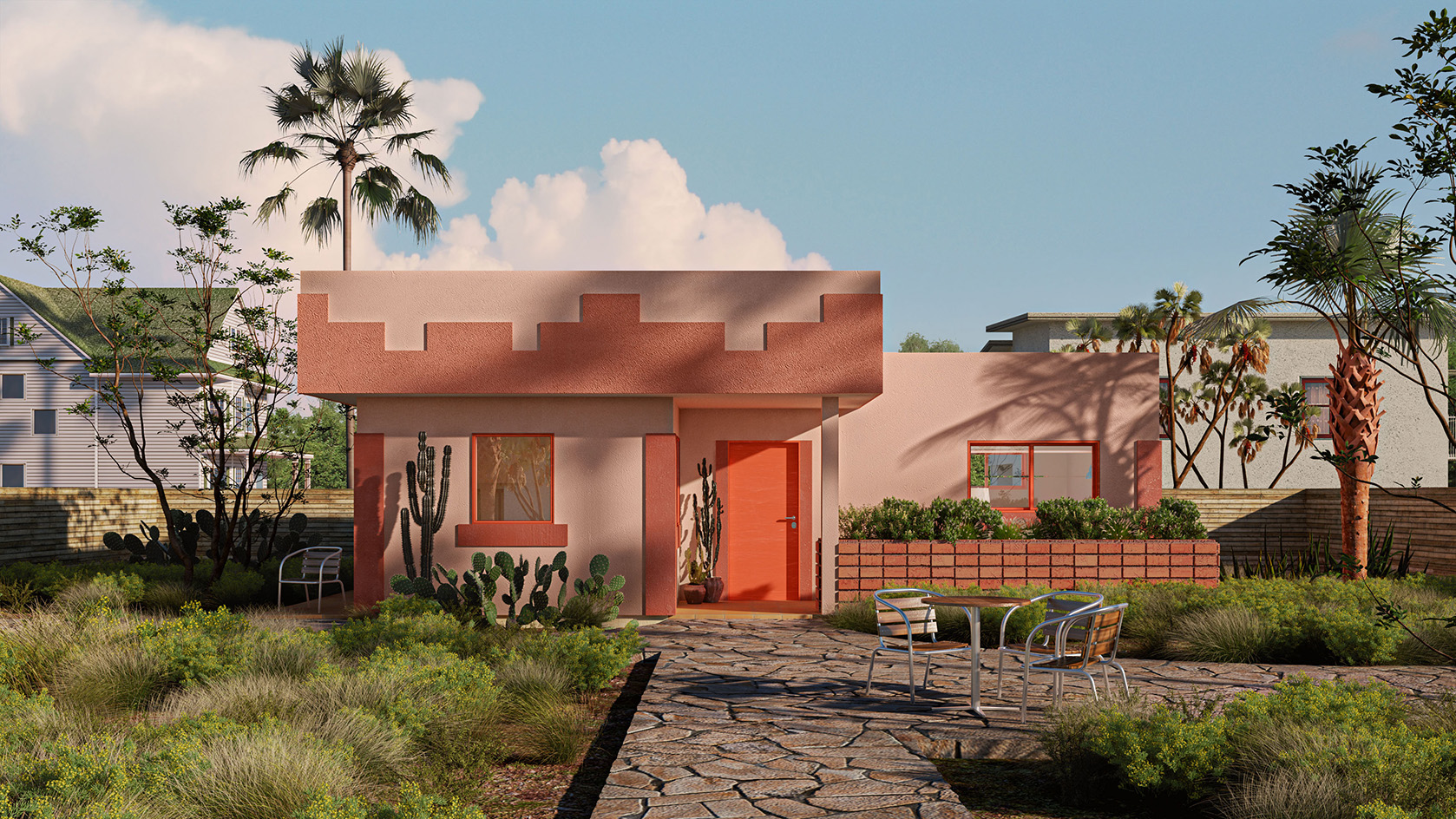
Office of: Office was born out of a restructuring of the nonprofit LA Más, along with a mission-shift for the two organisations. It was formally founded in 2021 by four partners Alejandra Guerrero, Chaz Kern, Hector Rodriguez, and Elizabeth Timme. As a result, Office of: spans both for profit and non profit urban planning and architecture work. While working nationally, the studio has a distinct focus on supporting the Los Angeles region ‘with public realm improvement projects, storefront remodels, and affordable housing projects,’ as its team of six brings together expertise in planning, policy, advocacy, architecture, and design.
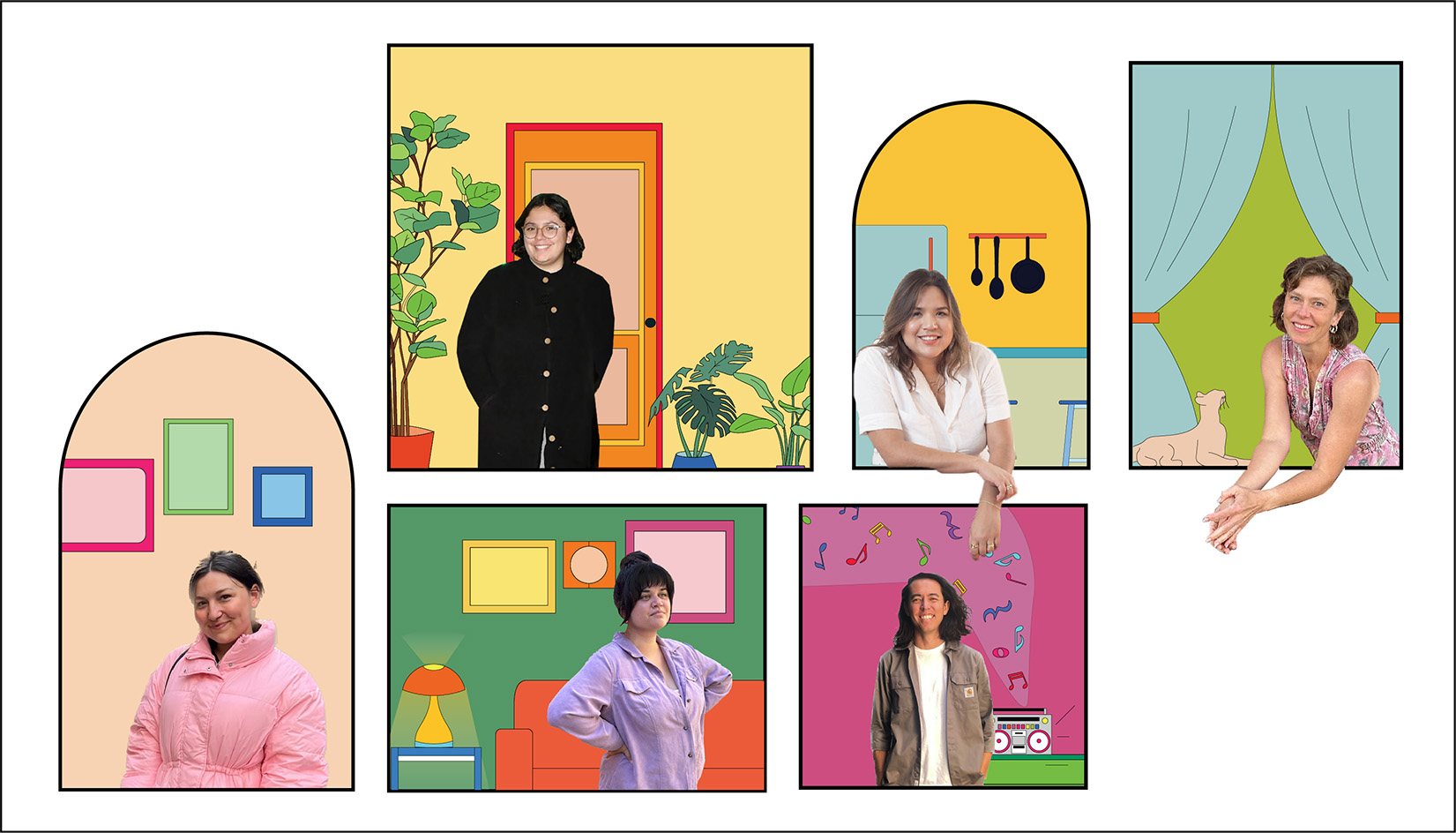
Office of: Office: tackling serious issues through playfulness and curiosity
Through ‘playfulness and curiosity,’ the team tackles serious issues of our times, such as the quality and affordability of housing, through a ‘deeply collaborative and iterative,’ approach. ‘Because of [this] we’ve become known for doing projects that there is no precedent for. The benefit of our curiosity is that we are engaged and our programs and work respond to what community members are asking for, while negotiating with the bureaucracy of getting things done. In the last few years, we’ve been able to achieve pretty great outcomes,’ the team explains.
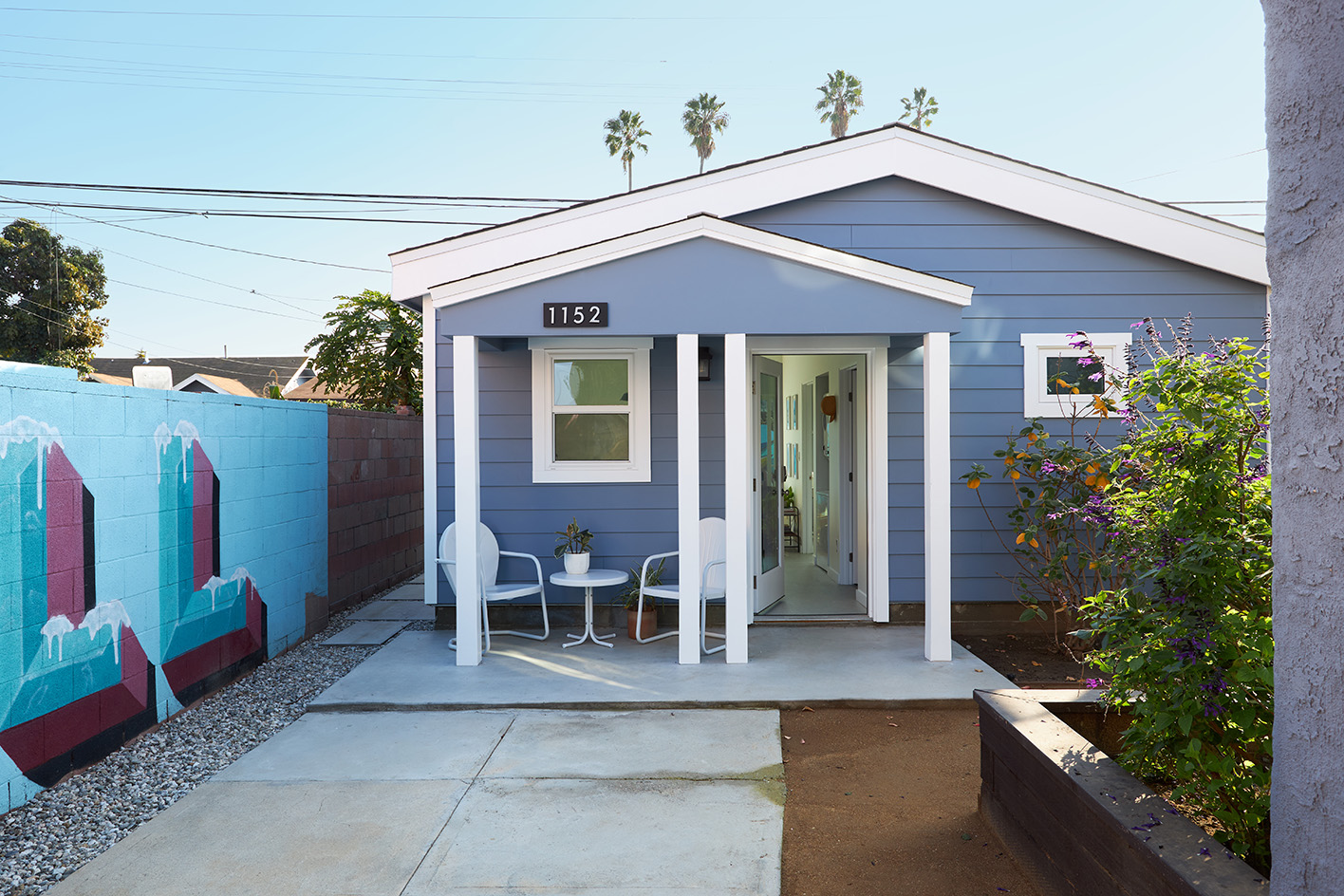
The team considers ‘Backyard Homes Project’, one of the studio’s key breakthrough projects - initiated by LA Más and now led by Office of: Office. It is a City of Los Angeles based affordable housing initiative that helps homeowners build a new affordable rental Accessory Dwelling Unit (ADU) in their backyard. It was launched in 2019 and aimed to promote stability for housing insecure tenants by its participants committing to renting to a Section 8 voucher holder for a minimum of 5 years.
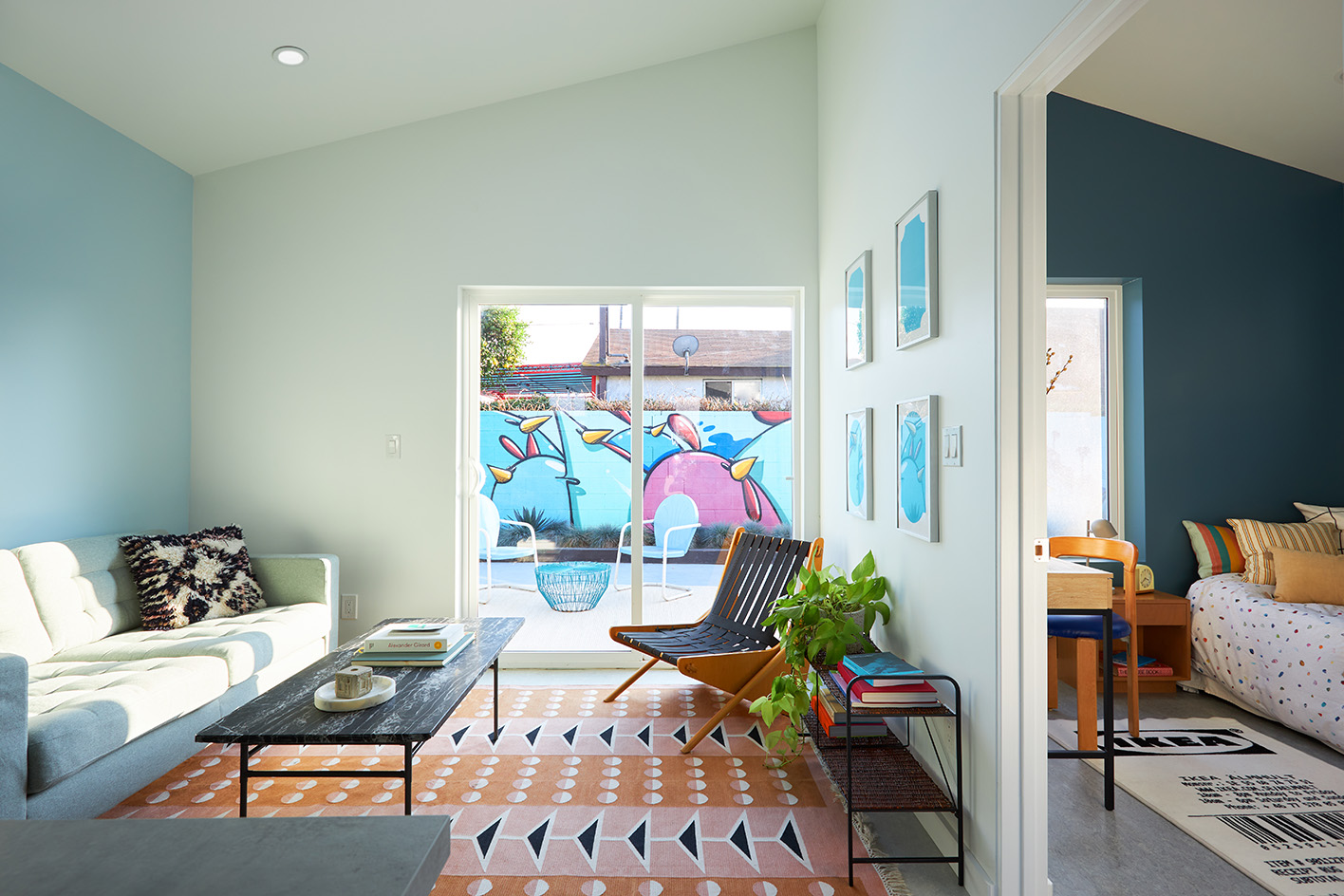
The practice’s work is as much about design quality as looks and the joy architecture can bring - although it is important for the three founders that their role has a deep, meaningful and lasting effect: ‘Through a multitude of previous experiences, we have witnessed firsthand how misrepresented “impact” is as a concept within the field of architecture. The activities we would typically associate with the role of the traditional architect are rarely able to create lasting and systemic improvements for the communities that these designs intended to serve.’
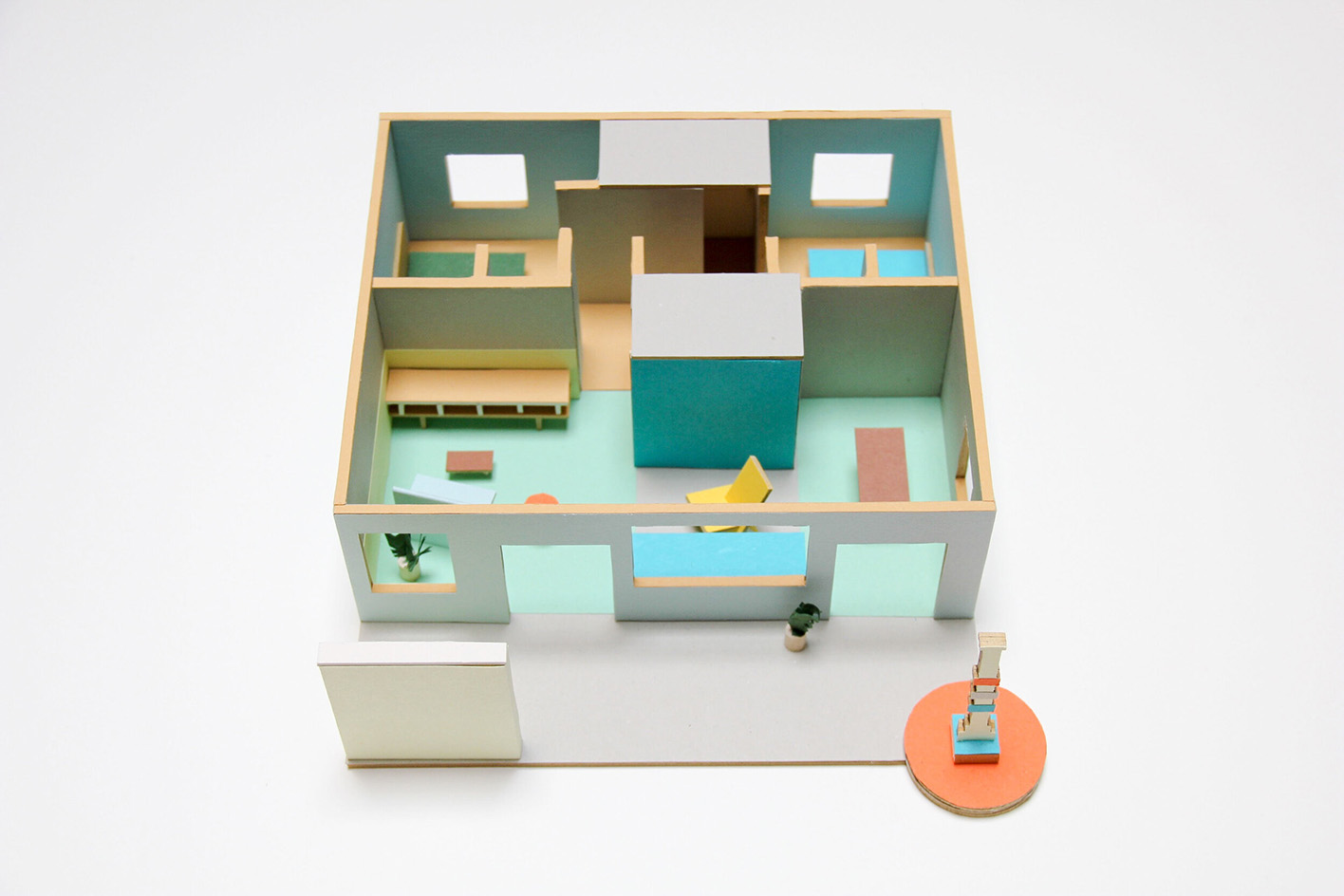
The belief that designers need to support and serve their communities sits at the core of this studio’s ethos, as the team works hard to explore alternative models to existing ways of operating in the realm and to ensure previously underserved parts of the population are looked after. And there’s lots coming up from the agile studio: ‘We are undertaking a strategic planning process where we plan to relaunch our programs and initiatives in partnership with local non-profits and city agencies! Our team is also flexing their impact muscles while building resilience and strength through training with the Racial Equity Impact Lab.’







